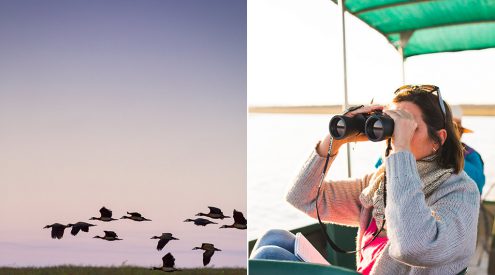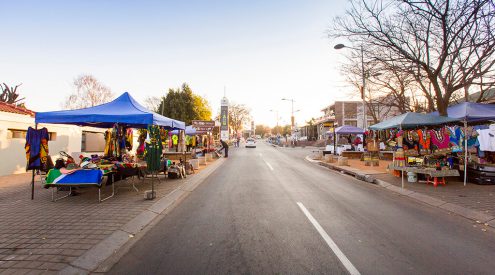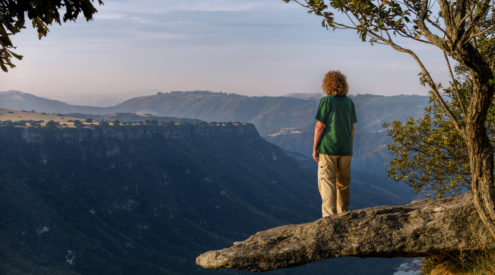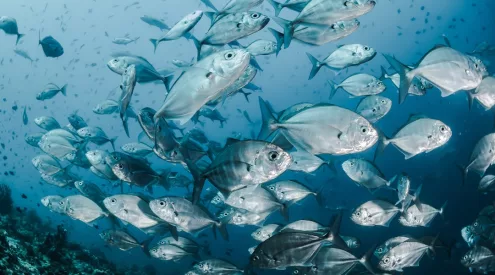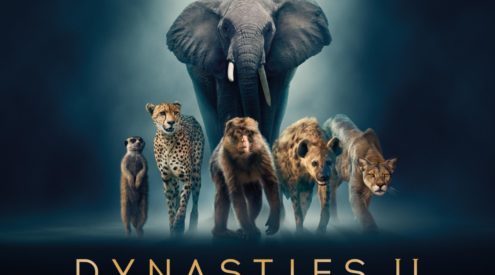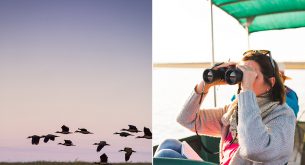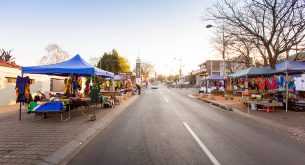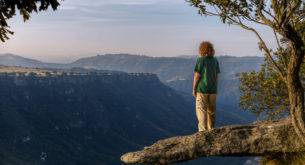If you saw a couple of hungry lionesses on a riverbank, would you leap from the safety of your boat for a closer look?
Of course not. It’s not what sane people do. Yet that’s exactly what we did in South Luangwa National Park in Zambia. Our guide, Jacob Shawa, instructed the skipper to stop, and he and our Zambia Wildlife Authority scout were first out. They were followed by our eager band of photographers on a David Rogers photo safari, all wanting a close up of the two beautiful felines.
The lions weren’t having any of it and ducked into the bush. The photographers followed. All except me. I know I do some stupid things, but chasing after lions in their territory is pushing it. Jacob beckoned silently for me to follow. I shook my head firmly in the negative and stayed on the bank with the boat’s skipper while they strode into the trees on the lionesses’ trail.
I didn’t realise it, but this is quite normal behaviour in this part of the world. Walking safaris were pioneered in South Luangwa National Park way back in the 1950s and Robin Pope Safaris has some of the finest guides for this kind of safari, even setting up mobile camps for those who want to spend days exploring the bush on foot.
We spent three days at Nsefu Camp on the banks of the Luangwa River in the northern part of South Luangwa. With just six thatched bungalows sleeping 12 people, it’s a small, intimate camp that was the first in the park and is now a national monument. En suite bathrooms have been added to the bungalows, but they still retain an old world charm. A generator provides power at night and we had our photo workshop in the classic bar area, with it’s open-walled view of the river and puku peacefully grazing the lawn.
My companions were away for what seemed an awfully long time. I nearly dropped my camera in fright when one lioness came back to check out me and the skipper on the bank. She peered around a tree at us, I took a photo, but was shaking so much the photo is too blurred to post here.
The group finally gave up chasing the lions and returned in one piece with some good pictures of the beasties. “˜You must trust your guide,’ scolded Jacob, “˜and remember, humans are not normal prey for lions.’
David’s photo tip of the day:
When on a walking safari, carry light. I usually take a 200 – 400 mm lens fixed on one camera as well as a 17 – 35 fixed to another for capturing people shots. The trick when working on foot is to keep the camera really steady when taking the shot. Ideally you should use a monopod or a tree for stability.
When shooting without support, it’s especially important to hold your breath (I usually fire halfway on my exhaled breath) and squeeze the shutter very gently, much as a marksmen does when shooting targets. Some people can handhold big lenses and get sharp shots at 1/100th of a second, others require much faster shutter speeds of about 1/1200th of a second or more. It depends on your ability and equipment. Image stabilisation on modern lenses can save you three or four stops of light, making it much easier to shoot without a tripod.
Go to www.davidrogers.co.za for more info.

